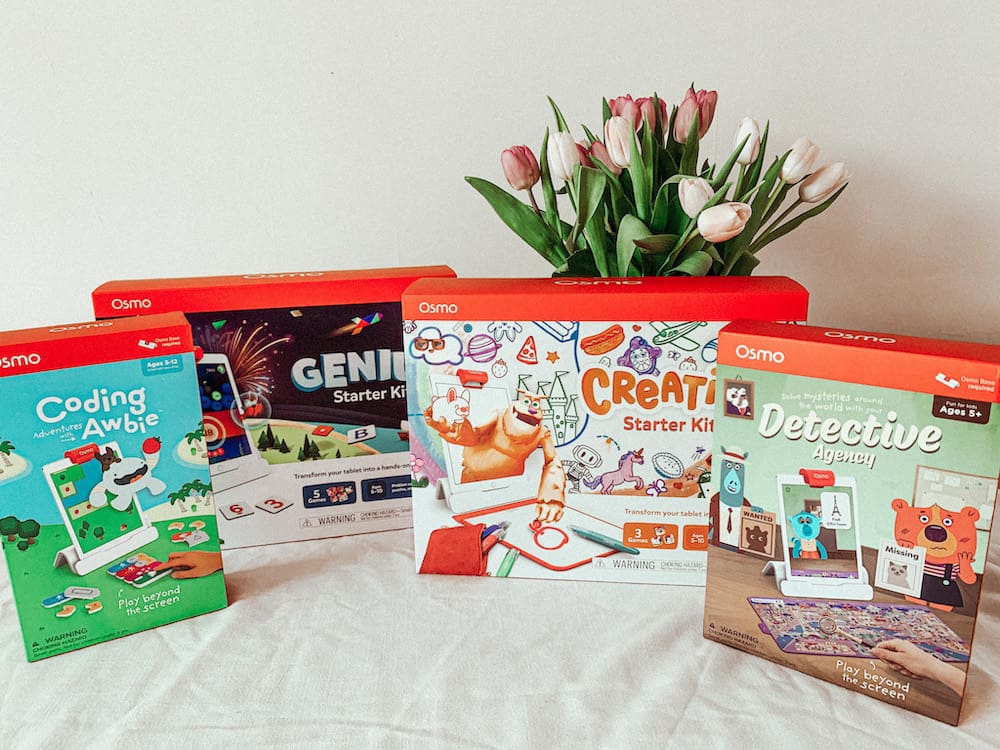How Gamification in Educational Apps Drives Student Engagement
The use of educational apps has seen a rapid rise over the past decade, transforming traditional learning environments into interactive digital spaces.
One of the key elements driving this transformation is gamification—the incorporation of game-like elements into non-game contexts, like education.
Gamification has proven to be a highly effective way to enhance student engagement and motivation, making learning not only more enjoyable but also more efficient.
As technology continues to evolve, gamification in educational apps is becoming a crucial tool for helping students develop both academic and life skills.
In this article, we will explore how gamification in educational apps drives student engagement and the benefits it brings to modern education.
What is Gamification?
Before diving into the specifics of how gamification enhances engagement, it’s essential to understand what gamification means in the context of education.
Gamification involves integrating game design elements such as points, rewards, leaderboards, and challenges into learning activities.
It transforms the learning process into a more dynamic and immersive experience, encouraging students to actively participate and achieve milestones.
For example, an educational app teaching math concepts might use a point system that rewards students for completing problems correctly.
As students accumulate points, they can unlock new levels or earn badges, turning a traditional math lesson into an interactive and rewarding experience.
This approach mimics the structure of popular video games, which keeps users motivated and engaged for extended periods.
The Role of Gamification in Student Motivation
One of the most significant advantages of gamification is its ability to increase student motivation.
Traditional educational methods often rely on external motivators, such as grades or teacher praise, which can be ineffective in sustaining long-term engagement.
However, gamification taps into intrinsic motivation by appealing to students’ desire for achievement, competition, and personal progress.
For example, completing a challenging level in a game provides immediate feedback and a sense of accomplishment, which can be more rewarding than simply receiving a good grade on a test.
The sense of achievement from mastering a game’s challenges can transfer into the classroom, making students more eager to tackle difficult subjects and concepts.
Moreover, the use of game-like rewards, such as badges or unlocking new content, gives students clear goals to strive for, creating a structured yet enjoyable learning environment.

Enhancing Engagement Through Interactive Learning
Gamified educational apps promote active participation by turning passive learning into an engaging activity.
Unlike traditional learning methods, where students may simply absorb information, gamified apps encourage them to interact with the content.
For example, a student learning geography might participate in a virtual treasure hunt, solving puzzles related to world capitals to advance to the next stage.
This hands-on approach to learning helps students retain information more effectively and makes abstract concepts easier to grasp.
The interactive nature of gamified learning also helps to address different learning styles.
Some students learn better through visual aids, while others may benefit from kinesthetic, hands-on learning.
By incorporating various game mechanics, educational apps can cater to a wide range of preferences, ensuring that every student remains engaged.
Moreover, by incorporating timed challenges, quizzes, or peer competition, these apps can also stimulate healthy competition, pushing students to do their best and surpass their previous performances.
This makes learning more dynamic, transforming it from a task to a stimulating and competitive experience.
Personalization and Adaptability in Gamified Apps
Another major benefit of gamification in educational apps is the ability to personalize the learning experience.
Most gamified apps are designed to adapt to the individual student’s learning pace and abilities, creating a tailored experience that can help students build confidence.
For instance, if a student struggles with a specific concept, the app might provide extra practice or offer alternative ways to approach the problem.
This adaptive learning environment allows students to progress at their own pace, ensuring that they don’t feel overwhelmed or left behind.
Personalization also helps maintain engagement, as students are more likely to stay focused when the content aligns with their current skill level.
By providing feedback in real-time, gamified apps allow students to recognize their strengths and areas for improvement, which fosters a growth mindset—a belief that effort and persistence can lead to success.
Gamification and Long-Term Skill Development
While gamified apps primarily focus on engaging students in short-term tasks, they also have long-lasting effects on skill development.
For instance, many gamified educational apps promote the development of problem-solving, critical thinking, and time management skills.
These are transferable skills that students can apply not only in academic settings but also in real-world situations.
Coding games, for example, are an excellent example of gamification in education.
They break down complex concepts into smaller, manageable challenges, helping students understand logical sequencing and problem-solving.
This prepares them for future careers where such skills are crucial.
As mentioned in this article, learning computer coding is essential in many career paths today, and gamified apps make this learning process enjoyable and effective.
Additionally, by participating in gamified learning experiences, students often develop resilience.
Games often involve failure and repeated attempts to succeed, which teaches students that setbacks are part of the learning process.
They learn to persist through challenges, adapt their strategies, and celebrate incremental progress.
These lessons in perseverance are invaluable for long-term academic and personal success.
Creating a Collaborative Learning Environment

Gamification can also foster collaboration and teamwork among students.
Many educational apps include features that allow students to work together on challenges or compete in multiplayer modes.
This social aspect of learning can lead to the development of important interpersonal skills, such as communication, empathy, and cooperation.
When students collaborate on solving problems within a game, they often develop a deeper understanding of the subject matter.
Working in teams can also provide additional motivation, as students feel a sense of camaraderie and shared responsibility for success.
The competitive aspects of gamified apps can also push students to perform better, but in a way that feels more playful and less pressured than traditional competitive settings.
Final Thoughts
Gamification in educational apps is revolutionizing how students engage with learning.
By transforming traditional education into an interactive and rewarding experience, gamification keeps students motivated, encourages active participation, and promotes the development of both academic and life skills.
With its ability to cater to various learning styles and provide personalized, adaptive learning experiences, gamification is proving to be a vital tool in modern education.
Photo Credit: Depositphotos
Discover more from Zena's Suitcase
Subscribe to get the latest posts sent to your email.





